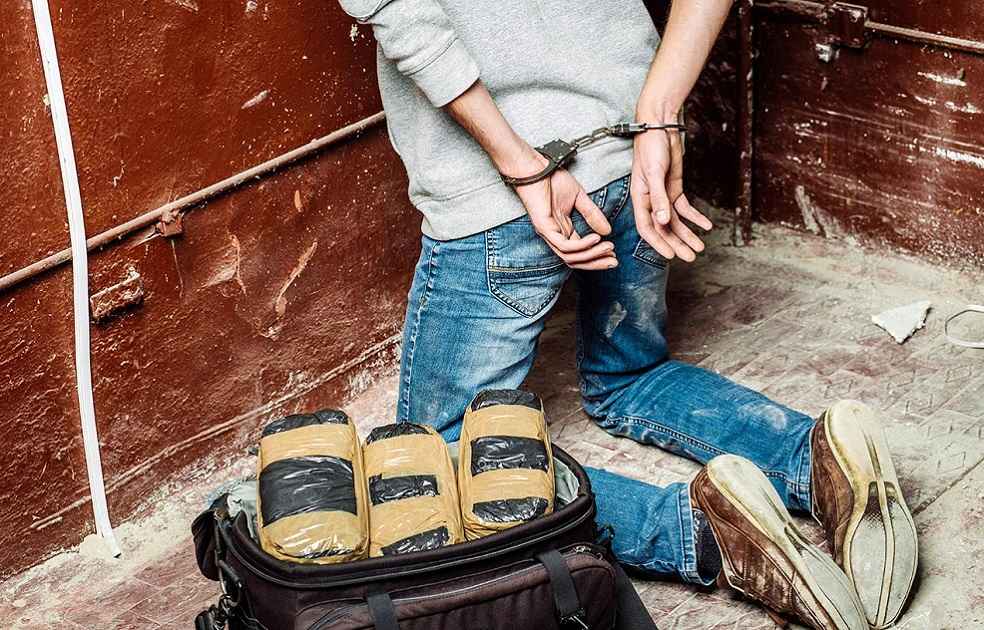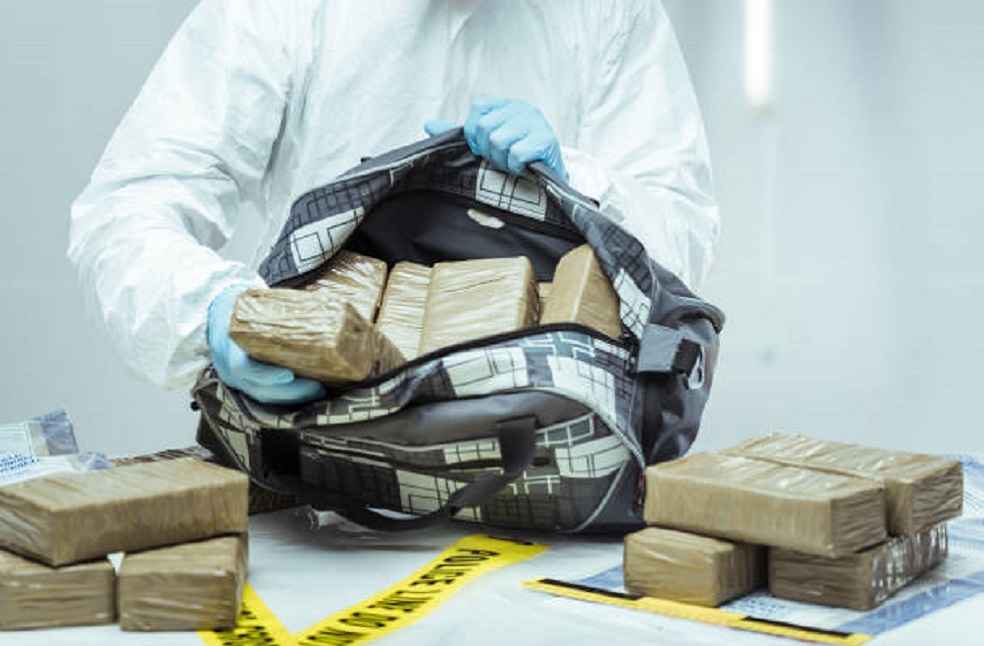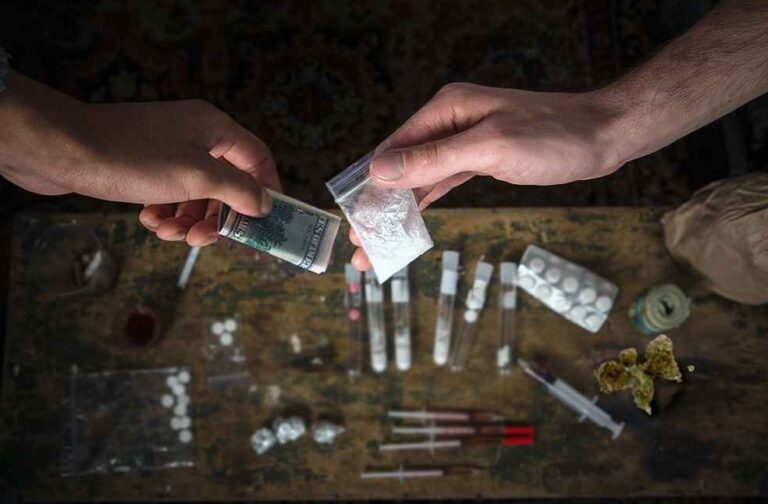A surge in drug crisis is ravaging the South Pacific, as international cartels and crime syndicates exploit remote island nations to move narcotics globally, according to senior police and United Nations officials. Fiji, Tonga, and other Pacific islands are becoming key transit points for smuggling operations, with cocaine from Latin America and methamphetamine and opioids from Asia flowing through these largely unpatrolled regions.
Tonga Police Commissioner Shane McLennan highlighted the challenges posed by the islands’ strategic location and vast, under-protected ocean territory. “We’re a victim of our geographical location. An ideal transit point for vessels crossing the Pacific,” McLennan said, referencing the 176 Tongan islands that remain largely unpatrolled, making them ideal for drug traffickers. Methamphetamine is particularly prevalent, arriving via general cargo shipments.

Once primarily viewed as a transit zone, local communities are now increasingly affected by drug addiction, with methamphetamine use reaching epidemic levels in Tonga. “There are people walking around here that are damaged from methamphetamine,” said local taxi driver Latimuli Taliauli, describing the visible effects of the crisis.
Court records in Tonga paint a grim picture, with drug-related cases involving citizens from various walks of life, from mechanics to teachers. A recent case highlighted the theft of valuable artefacts from the Tonga National Museum, traded for just a gram of methamphetamine, underscoring the dire social impact of the drug trade.
Fiji, better known for its tourism industry, also finds itself on the front line of the Pacific drug highway. A record-breaking seizure of four tonnes of methamphetamine concealed in packages marked as ‘universal tile adhesive’ puts Fiji among the world’s major meth-trafficking hubs, comparable to nations like Thailand and Hong Kong.

The rise in drug trafficking has been accompanied by other forms of organized crime, including money laundering, prostitution, and illegal gambling. The involvement of prominent cartels, such as Mexico’s Sinaloa cartel and Hong Kong’s 14K triad, has been noted in various Pacific nations, leading to increased lawlessness and social instability.
While the Pacific was once primarily a transit route, the affordability of methamphetamine has made it more accessible to local populations. Drug-related crimes are spreading into rural villages, creating challenges for authorities and outreach workers alike. “We are seeing lawlessness across the communities, in schools, and the risks and dangers in rural villages where these poisons are being spread.” said Fijian outreach worker Kalesi Volatabu.
UNODC chief Jeremy Douglas emphasized the global nature of the crisis, noting that cartels and crime groups from Latin America, Asia, and the US are all using the Pacific as a key hub in their trafficking operations. The Pacific drug trade now follows two main routes: one from Latin America through Polynesia, and another from Southeast Asia down through Melanesia.
LOGISTICS INDUSTRY | Maersk Launches Korosho Express to Boost Tanzania Cashew Nut Exports



